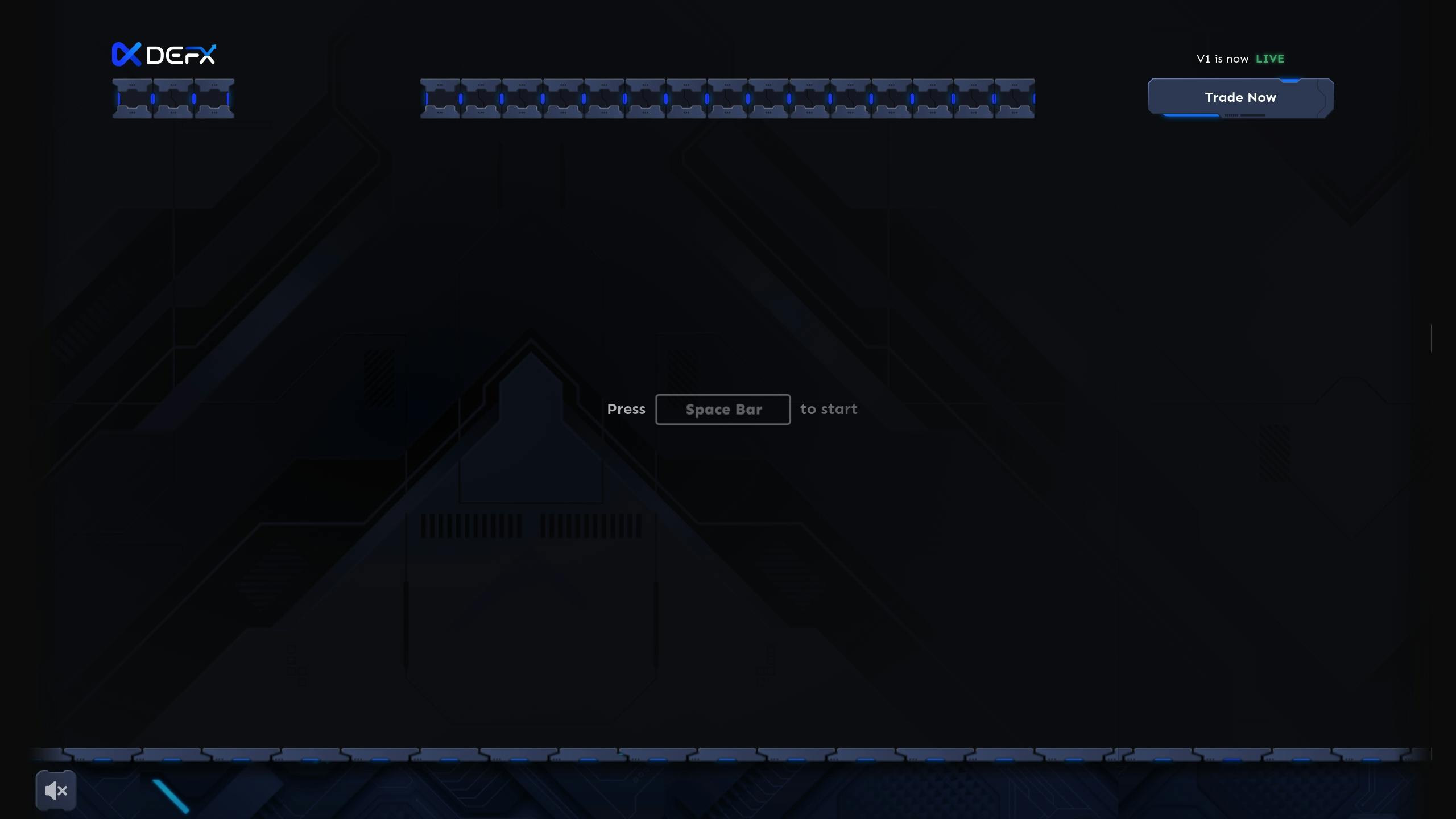Cross-chain governance is critical for blockchain networks to work together, but it comes with major challenges. Key issues include security risks, coordination difficulties, and scalability limits. For example, the 2022 Wormhole bridge hack exposed vulnerabilities in cross-chain systems, leading to significant financial loss and reduced user trust.
Key Takeaways:
- Security Problems: Cross-chain bridges are vulnerable to attacks, risking millions in losses.
- Coordination Issues: Different governance rules across networks slow decision-making.
- Scalability Challenges: Managing transactions and resources across chains is complex and resource-heavy.
Solutions:
- Standardized Governance Rules: Unified processes for proposals, voting, and execution.
- Oracle Networks: Tools like Chainlink CCIP improve communication and security.
- Layer-2 Solutions: Split governance across layers for better efficiency and security.
Platforms like Defx are addressing these challenges with tools for secure, efficient cross-chain governance. However, the blockchain industry must focus on creating universal protocols and improving interoperability to ensure long-term success.
How Cross Chain Bridge and Multichain Network Enable Interoperability on the Blockchain
Main Cross-Chain Governance Problems
Cross-chain governance comes with several hurdles that can disrupt blockchain interoperability, affecting network security, scalability, and user adoption.
Network Alignment Issues
Blockchain networks often have their own unique governance systems, with different rules for consensus, voting, proposals, and implementations. These differences slow down decision-making and coordination, which can lead to missed opportunities for progress. This lack of alignment also creates a base for technical and security problems to arise.
Security Weaknesses
Cross-chain governance introduces more security risks. Bridge protocols, which enable communication between blockchains, have been exploited in the past, leading to significant losses. The risk of compromised validators or flaws in interconnected governance contracts adds more vulnerabilities, expanding the potential attack surface across networks.
Growth Limitations
In addition to governance and security challenges, technical issues also limit scalability:
- Transaction Processing Delays: Cross-chain operations often require multiple confirmations across networks, which slows down transactions and reduces overall efficiency.
- High Resource Demands: Managing governance across multiple chains is resource-heavy. It involves maintaining several validator sets, enforcing extra security measures, and ensuring complex state synchronization.
- Integration Challenges: Adding a new blockchain to an existing governance system complicates coordination. This adds time, increases costs, and introduces more security concerns.
These combined challenges make it harder for cross-chain governance systems to scale and gain widespread adoption, especially for projects aiming to connect with larger networks.
sbb-itb-dd9e24a
How to Fix Governance Problems
Cross-chain governance comes with its fair share of challenges, particularly when balancing security, efficiency, and decentralization. Here are some practical ways to tackle these issues while ensuring the network stays intact.
Common Governance Rules
Creating standardized governance rules across blockchain networks can simplify processes and make coordination smoother. This involves setting up unified protocols for:
- Proposal Submission: Using consistent formats and requirements for proposals across chains.
- Voting Mechanisms: Aligning voting periods and thresholds across networks.
- Execution Parameters: Defining clear timelines for implementing approved decisions.
A great example of this is the Polkadot network. It uses a shared security model where parachains follow common governance rules but still allow for some customization. This standardized approach is further reinforced by oracle networks, which ensure reliability in cross-chain operations.
Oracle Network Solutions
Oracle networks play a key role in cross-chain governance by acting as bridges for communication and execution. They help by:
- Verifying consensus across multiple chains.
- Running automated compliance checks.
- Detecting and resolving conflicts quickly.
Chainlink’s Cross-Chain Interoperability Protocol (CCIP) is a solid example of how oracle networks can streamline governance processes.
Layer-2 and Split Governance
Layer-2 solutions are designed to handle more transactions without compromising security. Split governance takes this a step further by dividing responsibilities across different layers, as shown below:
| Layer | Role | Advantages |
|---|---|---|
| Base Layer | Core protocol changes | Stronger security |
| Layer-2 | Daily operations | Faster execution |
| Bridge Layer | Cross-chain coordination | Better efficiency |
Arbitrum‘s governance system is a good example of this approach. It uses split governance to enable quick decision-making on Layer-2 while reserving major protocol updates for the base layer, ensuring both agility and oversight.
Platform Tools for Cross-Chain Governance
Blockchain platforms are now equipping themselves with tools designed to simplify cross-chain governance while prioritizing security and efficiency. These tools address the coordination challenges discussed earlier. A standout example of this progress is Defx, known for its solutions in this space.
Defx‘s Cross-Chain Tools

Defx provides a trading infrastructure that directly tackles cross-chain governance issues by incorporating several key features:
| Feature | Governance Benefit | Implementation |
|---|---|---|
| Non-custodial Trading | Lowers centralization risks | Leverages Ethereum‘s security |
| High-throughput Matching | Speeds up decision execution | Processes cross-chain orders |
| Cross-margin Trading | Improves capital efficiency | Manages risks across multiple chains |
These features demonstrate how Defx’s architecture addresses some of the most pressing governance challenges. Built on Ethereum, Defx combines secure trading with fast order processing and comprehensive risk management.
The platform also supports permissionless listing, which simplifies community-driven token management. This strengthens decentralized governance by offering:
- Efficient Execution: High-throughput matching ensures orders are processed quickly, enabling timely decision-making.
- Effective Risk Management: Isolated and cross-margin trading improve capital use while reducing potential risks.
Defx showcases how blockchain tools can enhance governance coordination across networks.
Conclusion
Despite progress in areas like network alignment, security, and scalability, challenges in cross-chain governance remain. Platforms such as Defx showcase emerging approaches to address these issues.
While advancements in cross-chain technology provide practical tools, the blockchain industry still needs to develop universal protocols and improve interoperability between networks to ensure effective governance.
Next Steps
To move forward, efforts should concentrate on these priorities:
- Protocol Standardization: Create universal guidelines for cross-chain decision-making.
- Security Improvements: Bolster validation processes across different networks.
- Scalability Enhancements: Refine Layer‑2 systems to better handle governance tasks.
The success of platforms like Defx in utilizing decentralized cross-chain tools shows that effective governance is possible. However, further work is needed to design frameworks capable of managing the growing complexity of cross-chain interactions without compromising security or efficiency.
Addressing these challenges requires practical solutions that not only tackle current issues but also prepare for future governance needs. This includes improving oracle network integration and expanding governance models to handle increasingly intricate cross-chain scenarios.
